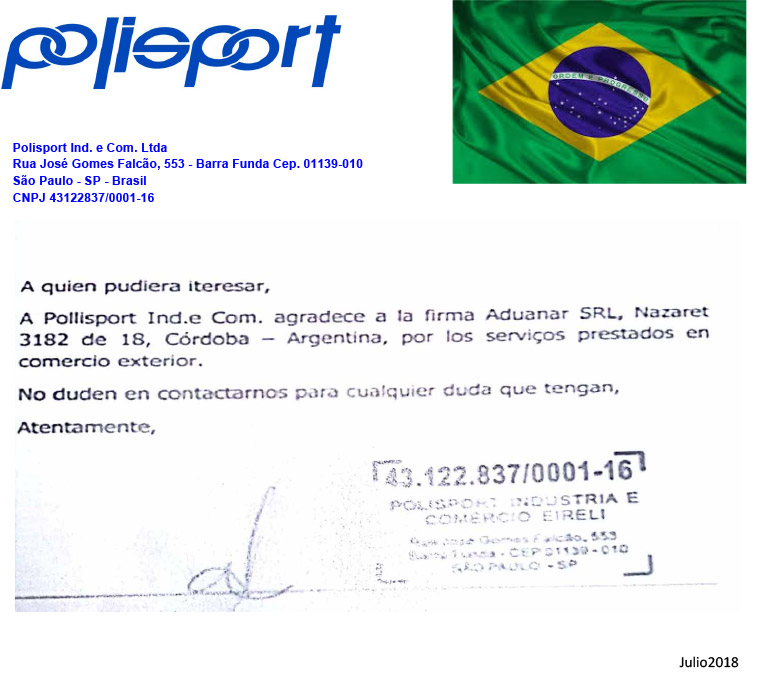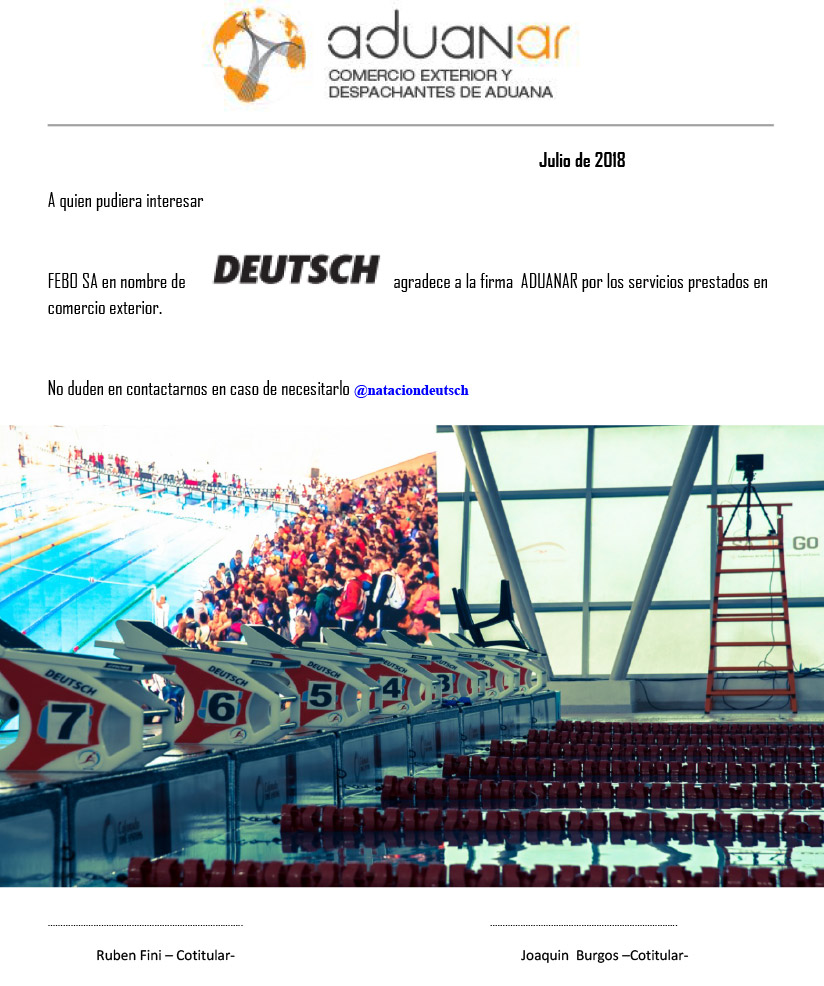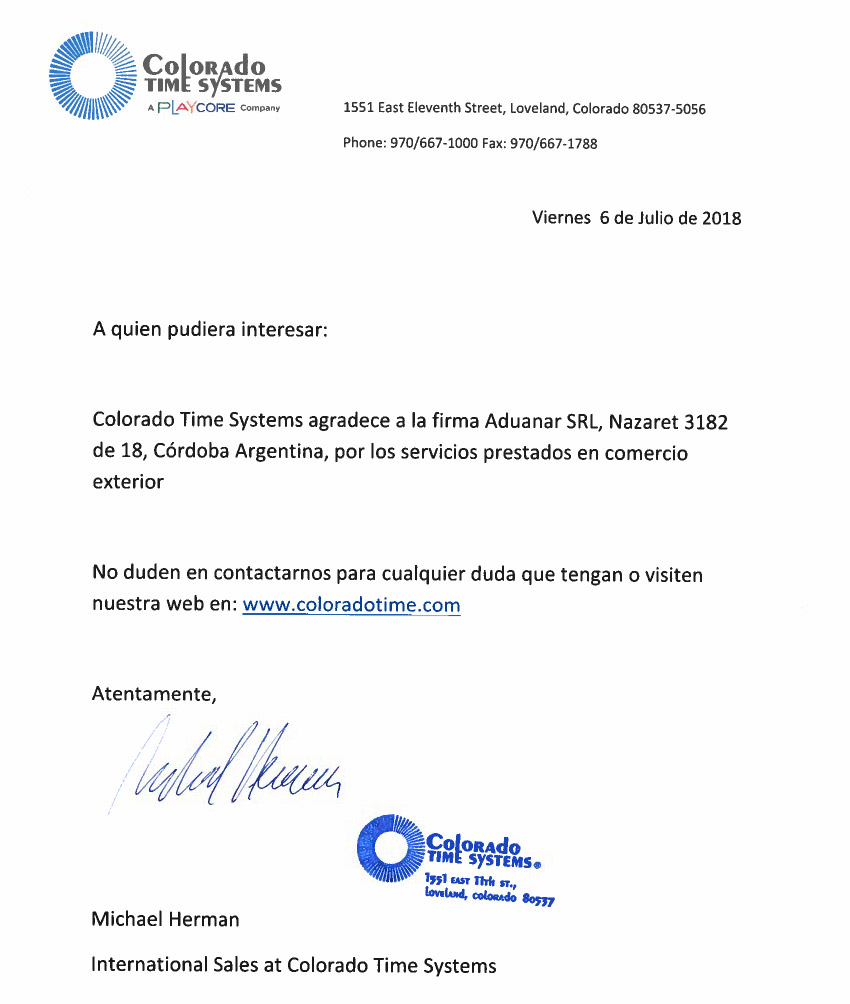We can import any product you need. We are specialists in Foreign Trade.
Objective
- To detect prime matter opportunities abroad the represent a difference of cost in the materials we’re currently consuming, so as to increase the value of the company.
- Achieve cost saving
- Improve materials in supply and quality.
- Market innovation
METHOD
First stage:
Get in touch with the company, get to know what are their development areas, what are the consumed materials.
Evaluate the materials to be substituted and list them.
Second Stage:
Objective: to customly classify the obtained materials obtaining the NCM of each one.
What is the NCM? (MERCOSUR’s common Nomenclature)
Its a figure composed of 11 numbers and 1 letter that allows you to talk about the same product all over the world. It is well known that different items aren’t called the same way in different regions. For example: our peanuts in Mexico are known as cacahuate, for this reason, if we look for peanuts in Mexico we might fail in the data search. We need to look for it but its NCM.
We’ll get the following information from the item’s NCM:
Statistics rate: Maximum amounts and exceptions.
Taxes: IVA (Added Value Tax) General Alamon: 21%
Percepciòn IVA (Aditional) 20%
Income tax advance: 6% see exceptions.
Gross Income: 2,5%.
Previous Intervention: SENASA – Wooden packaging.
SIMI – Automatic Licence: Integral Monitoring Import System (SIMI) -Automatic License
Changes Market: Advance payment of remaining goods: the next 365 days.
MERCOSUR – CCPAC (…)
This chart, that shows information of a specific item, allows to see the following: For example: Let’s talk about tile.
- Whats the tariff NCM of a Tile?
- How much does it have to pay for right to import or export?
- How much does it pay for IVA, Additional IVA, Income tax, rent
- Does Customs demand the intervention of a third party in order to issue a certificate?
- Does it have automatic license?
- Are they any markets that are priority in terms of international agreements?
- Dumping?
- Internal taxes?
- Stamps regimen?
After this analysis, we have a clear picture of how customs behaves in what respects to this product.
Two situations are defined: Can the product enter the country or not? If the product poses any kind of complication, the search for it will stop.
Third Stage:
- With Customs giving us the green light, we start our search for the product abroad.
- We define the market: Porcelain and tile have dumping from China, Taipei, Chino, Singapur, Vietnam, Thailand, but don’t have this measure should we import it from India.
- For this reason, we get in touch with producing chambers from India and now speaking in foreign trade language, we request a quotation for this product.
- The foreign seller issues a Full Corporate Offer (FCO), which holds the commercial frame for said product.
- With the FCO in our power, we evaluate and quote the product with all the expenses to the importer.
Fourth Stage:
Implies a series of choices on the importer’s side:
- A study of costs is made and looked into.
- Should the item be bought or not?
- What is the cost?
- What’s in it for me?
- What’s the treatment of taxes?
- How do you use the paid for taxes?
- Should I register as an importer/exporter?
- Can I import in another company’s name? Should I?
- How much time does the item take to arrive to my company?
- Is it better to purchase in the internal market or to import it?
- Do we need any samples?
Fifth and final stage:
The company’s foreign trade policy is outlined and we proceed according to what has been evaluated:
Budget:
Aduanar will generate income in the event that the studied products end at 13% less than the current purchase prices of the product in the national market.





